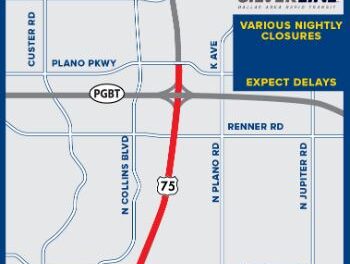As temperatures increase, so do the possibilities of heat exhaustion and heatstroke. Texas A&M AgriLife Extension Service recently published information on how to recognize the signs of each—they can often “sneak up” on people engaged in outdoor activities, with sometimes fatal consequences, as one can lead to the other. Those especially vulnerable are children up to ages 4-5 and adults ages 64 and up.
Symptoms of heat exhaustion include:
- headache
- thirst
- dizziness
- excessive sweating (can cause heat rash)
- cramping (arms, legs, abdomen)
- fast breathing, rapid pulse
Symptoms of heatstroke include:
- temperature above 103 degrees
- extreme weakness
- flushed, red skin
- racing heart
- nausea or vomiting
If heatstroke is suspected, call 911. For both heat exhaustion and heatstroke, move the person to a shaded, cool area and remove or loosen outer clothing, and place wet cloths or cold compresses on the head, neck and armpits.
To prevent heat-related illness, AgriLife Family and Community Health staff recommend drinking water before, during and after physical activity, even if you’re not thirsty.




